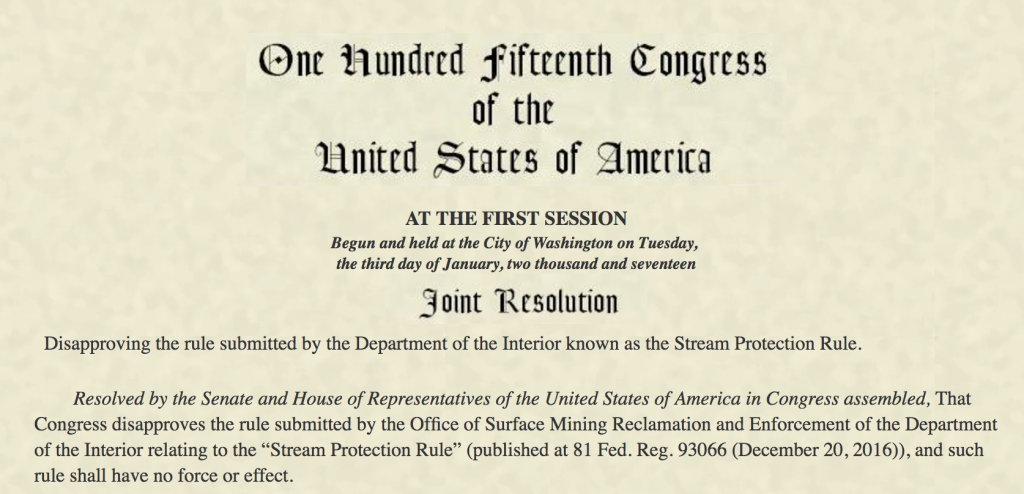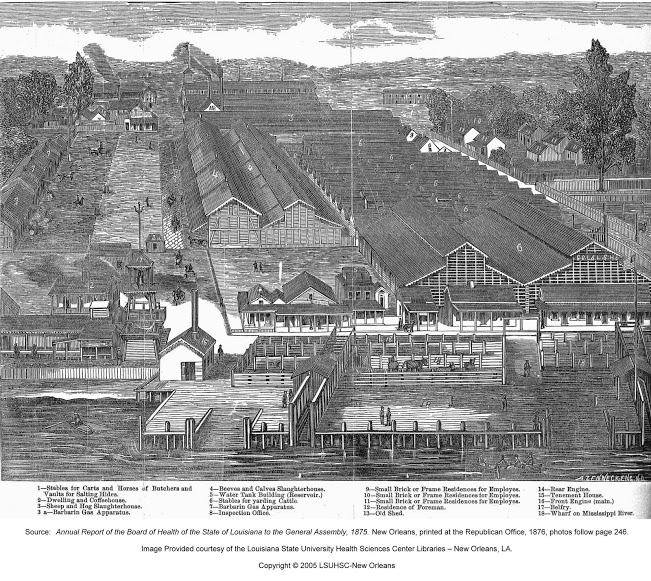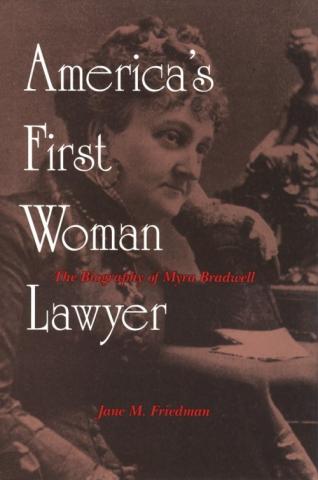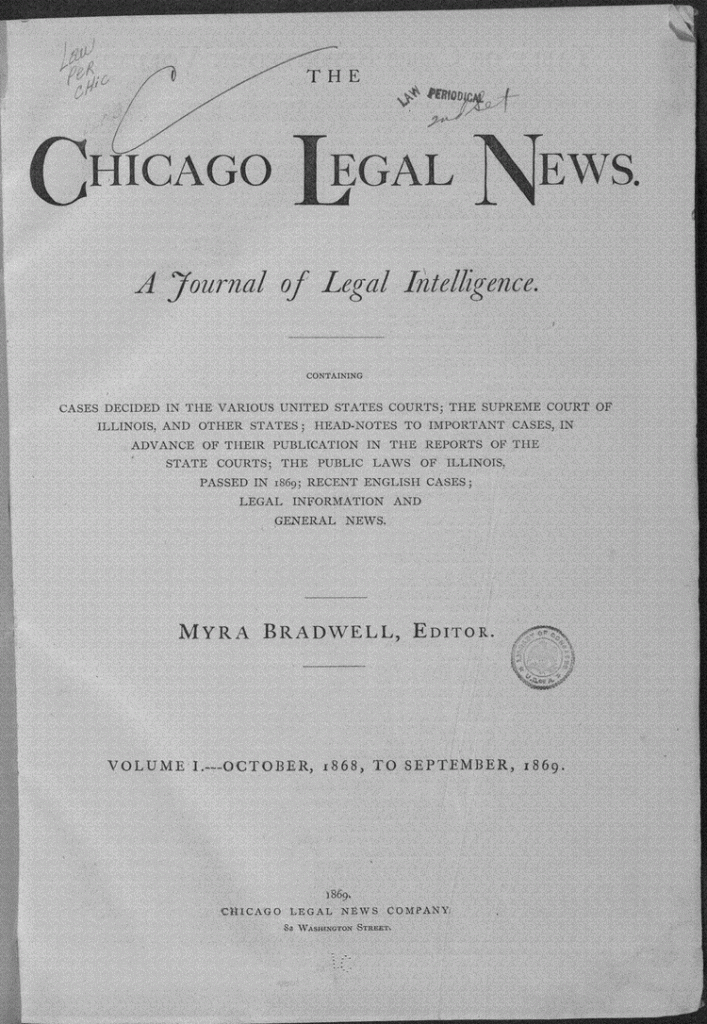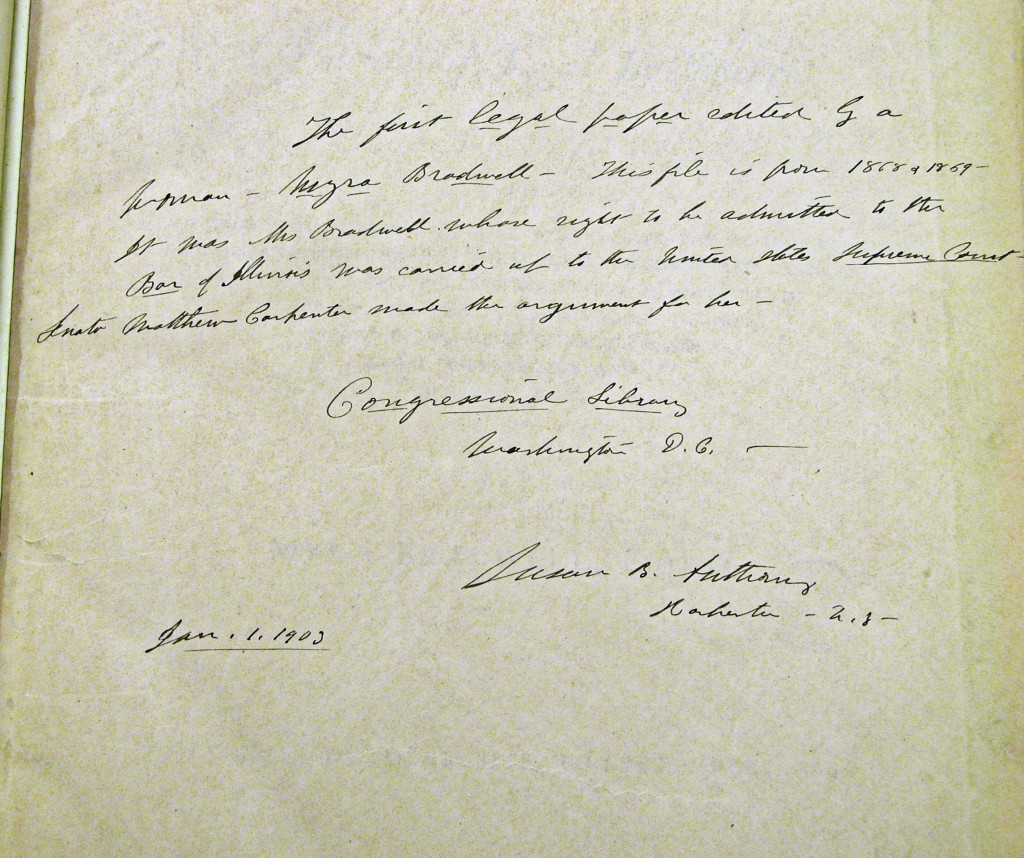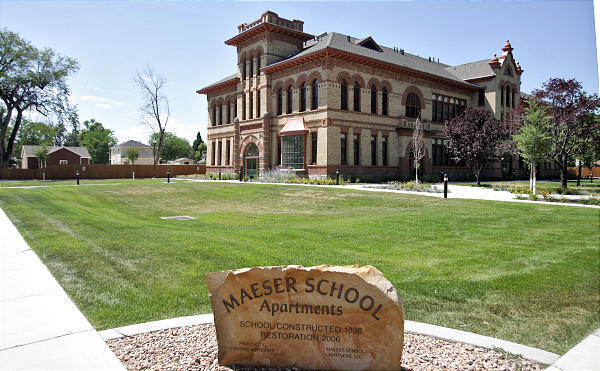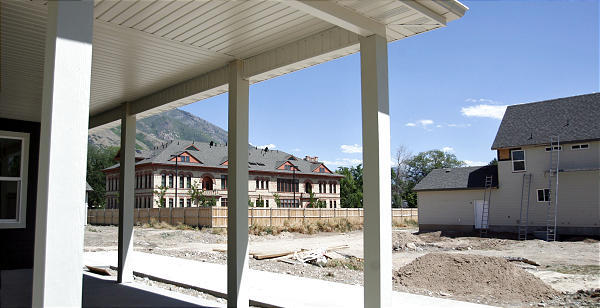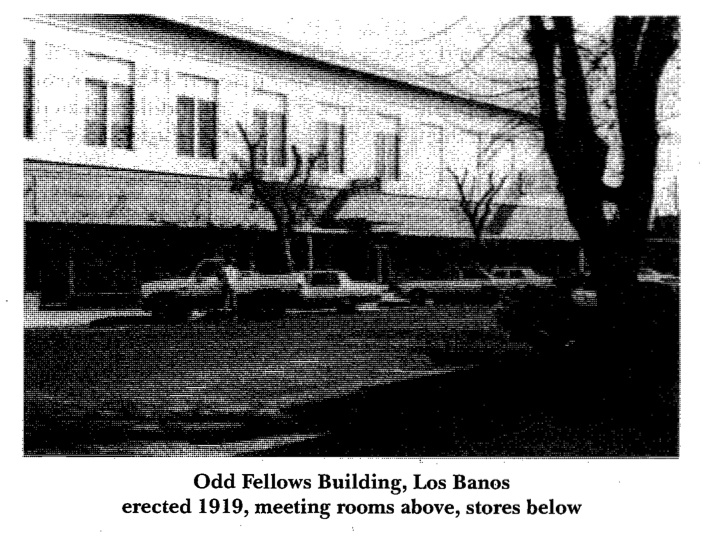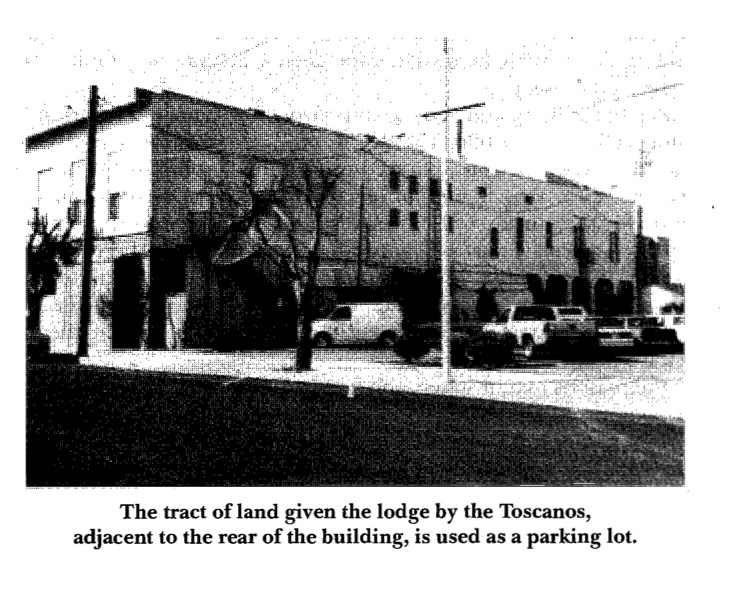This morning, the Texas Attorney General filed an amicus brief in support of the federal government in Washington v. Trump. (I reviewed an embargoed copy). The brief echoes several points I made in two-part series on Lawfare (Part I and Part II).
First, citing Justice Jackson’s concurring opinion in Youngstown, the brief posits that we find ourselves in the first tier where the President has maximum authority, because he is acting pursuant to a direct delegation of authority.
The Order falls within the Executive Branch’s strongest area of authority—Youngstown’s first zone of executive action—because it draws support from not only the President’s own foreign-affairs and national-security powers, but also from Congress’s delegated authorization pursuant to its Article I powers over the admission of aliens into the country. See Youngstown Sheet & Tube Co. v. Sawyer, 343 U.S. 579, 635-36 (1952) (Jackson, J., concurring). The Executive Order, especially given its national-security context, should thus enjoy “the strongest of presumptions and the widest latitude of judicial interpretation.” Id. at 637. After all, “[u]nlike the President and some designated Members of Congress, neither the Members of [the Supreme] Court nor most fed- eral judges begin the day with briefings that may describe new and serious threats to our Nation and its people.” Boumediene v. Bush, 553 U.S. 723, 797 (2008).
Second, the brief explains that the Executive Order falls well within the powers Congress delegated to the Executive, even though the panel could not be trifled to cite it.
The panel, however, did not even mention the President’s statutorily delegat- ed power to suspend the entry of aliens (8 U.S.C. § 1182(f)) or to revoke visas (§ 1201(i)). It therefore failed to recognize that the Executive Order falls within Youngstown’s first zone of executive action and should be accorded the strongest presumption of validity.
Third, the brief reads Din and Kerry in a similar fashion as I did, concluding that nonresident aliens have no constitutionality protected right to seek admission.
Rather than accord the Executive’s delegated national-security decision the strongest presumption of validity, the panel found an extraordinary extension of constitutional rights to nonresident aliens who are outside this country and attempting to enter the country. Amicus is aware of no case that extends constitutional rights in anything close to the degree that plaintiffs advocate. The Supreme Court has never held that the Fifth Amendment’s Due Process Clause or the First Amend- ment’s Establishment Clause confer rights on nonresident aliens who are in foreign territory clearly not under the sovereign control of the United States. Nonresident aliens abroad have no constitutional right to seek admission into the country; there- fore, no constitutional claims accrue from a suspension of those aliens’ ability to enter. And statutorily created visas—generally a threshold requirement for being able simply to apply for admission to the country—are inherently not an entitle- ment. Rather, they are granted and held on a permissive, discretionary basis. Con- gress expressly designed visas to be revocable by the Executive without even judi- cial review in all but one instance. 8 U.S.C. § 1201(i). Thus, entry into the coun- try—or revocation of a visa—does not implicate a constitutionally protected inter- est in receiving due process or equal “protection” of visa laws that themselves pro- vide for discretionary revocation.
Texas noted that the analysis would be different for LPRs, and the injunction should be narrowed to that group:
The analysis could be different for certain lawful permanent residents who are returning to the country from abroad, see Landon, 459 U.S. at 33-34, but the Executive Order does not apply to LPRs, see supra p. 5. Even if the Order did apply to LPRs, analysis of this issue as applied to LPRs could not possibly justify a facial in- junction that also applies to non-LPRs.
Fourth, the brief posits that no equal protection concerns are implicated by the Executive Order.
As a threshold matter, the nonresident aliens covered by the Executive Order have no constitutional equal-protection rights against the federal govern- ment. The equal-protection principle recognized by courts under the Fifth Amendment’s Due Process Clause applies to “person[s],” U.S. Const. amend V, “within the territorial jurisdiction,” Yick Wo v. Hopkins, 118 U.S. 356, 369 (1886). But the Supreme Court has recognized a key distinction between aliens inside ver- sus outside the United States. See Zadvydas, 533 U.S. at 693. And the Court has “rejected the claim that aliens are entitled to Fifth Amendment rights outside the sovereign territory of the United States.” Verdugo-Urquidez, 494 U.S. at 269 (citing Eisentrager, 339 U.S. at 770).
Fifth, the brief contends that the Establishment Clause is not even triggered by the Executive Order.
Plaintiffs’ Establishment Clause argument fails because the Clause does not vest rights extraterritorially in nonresident aliens abroad—for many of the same reasons that due-process or equal-protection rights would not apply to such aliens. See supra p. 23. Amicus is aware of only one court of appeals case to apply Estab- lishment Clause protections extraterritorially in some fashion: Lamont v. Woods, 948 F.2d 825, 843 (2d Cir. 1991). But that case dealt with U.S. citizens’ ability to raise an Establishment Clause challenge to “the appropriation and expenditure of public funds by the United States for the construction, maintenance and operation of foreign religious schools.” Id. at 827.
Even if the Establishment Clause were so broad as to afford its protections to nonresident aliens abroad, there is no Establishment Clause violation here. The Executive Order is religion-neutral, and the Order is not a pretext for religious dis- crimination as explained above. See supra pp. 24-32. On its face, section 5(b) of the Order regarding refugee admission does not “give preference to Christian refugees while disadvantaging Muslim refugees.” TRO Mot. (D.E.3) 7. The Order’s direc- tives on the refugee program after it resumes, for instance, “could be invoked to give preferred refugee status to a Muslim individual in a country that is predomi- nantly Christian.” Louhghalam, 2017 WL 479779, at *5 (slip op. 13).
Finally, you may ask what precisely is Texas’s interest here? Security. And because the state is not able to control immigration enforcement, under Arizona v. U.S., it must rely on the federal government’s help:
Amicus curiae is the State of Texas.1 Like every other State in the Union, ami- cus has a significant interest in protecting its residents’ safety. But the State itself possesses no authority to set the terms and conditions of entry for aliens seeking to enter the United States, or to restrict the entry of such aliens for foreign-affairs, public-safety, or national-security reasons. Instead, the State relies on the federal Executive Branch to carry out that function, pursuant to the laws of Congress. See Arizona v. United States, 132 S. Ct. 2492, 2507 (2012). Congress has delegated to the Executive Branch significant authority to prohibit aliens from entering the country, and the challenged Executive Order is a lawful exercise of that authority. Plaintiffs’ lawsuit presents no basis to enjoin the Executive’s exercise of the power delegated to it by Congress.
…
The district court’s facial injunction and the panel’s stay decision are an intru- sion into the national-security, foreign-affairs, and immigration powers possessed by the Executive and delegated by Congress. The injunction is contrary to law, and it threatens amicus’s interests by keeping the federal government—under a statu- tory regime crafted by the States’ elected representatives in Congress—from hav- ing the latitude necessary to make policy judgments inherent in this country’s na- ture as a sovereign.
One may have thought that the powerful litigation shop built up by the Texas Attorney General would have nothing to do during the Trump Presidency. Not quite. I do think it is important to stress that Texas in no way challenges state standing and the scope of the nationwide injunction. (Shortsightedly, Washington challenged the scope of the nationwide injunction in Texas v. U.S,. but now relies on the same principle in its own case). The state benefited from both of these doctrines over the past 8 years. I wrote in National Review before the inauguration that conservative states should support liberal efforts to promote state standing and nationwide injunctions. “Precedents set during this period will, in the long run, entrench the separation of powers, and ultimately promote individual liberty.”
Disclosure: I engaged in some discussions with Texas about the legal issues in the case, but was not involved with the drafting of the brief, nor did I review a copy of it before today.
